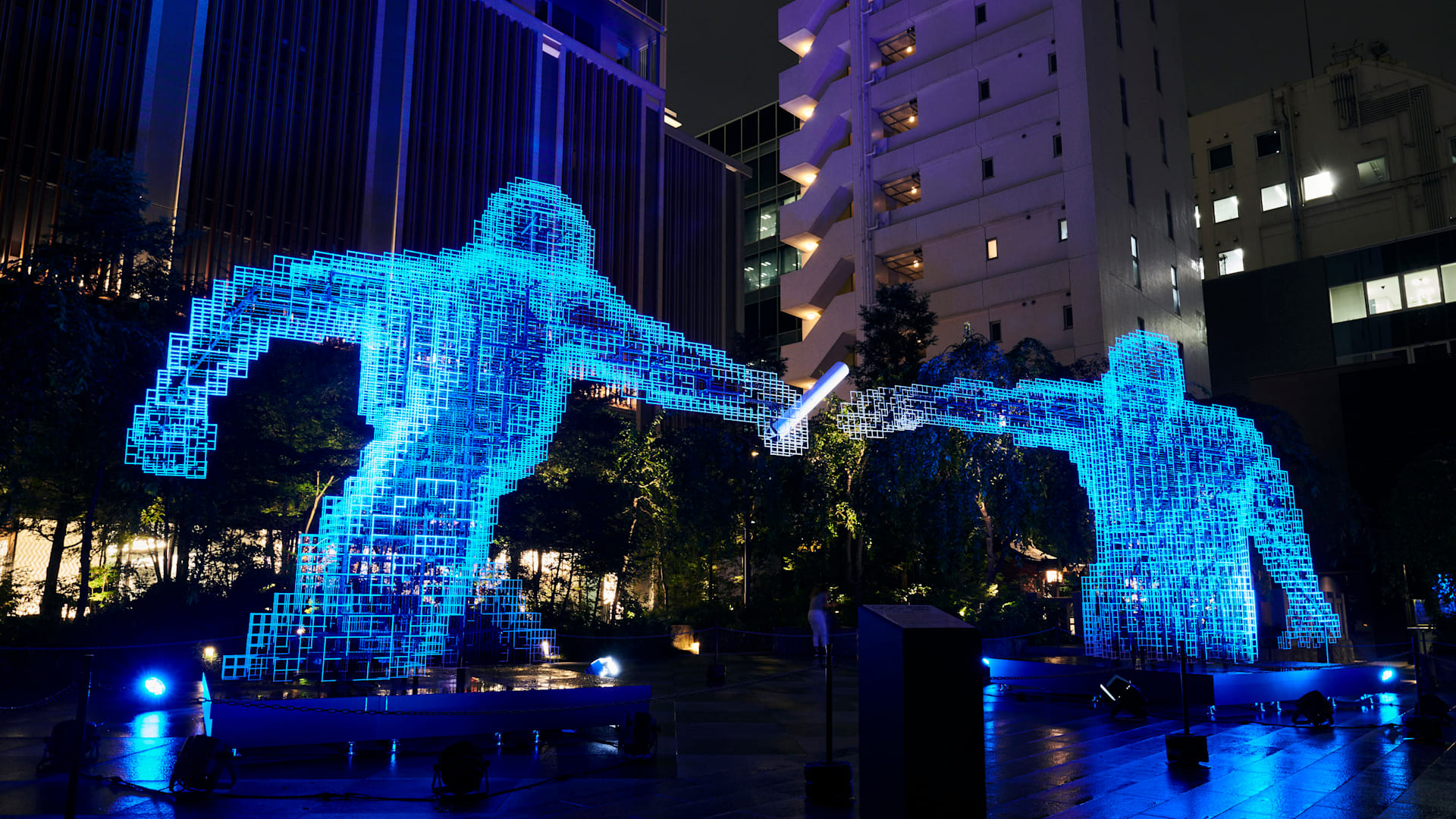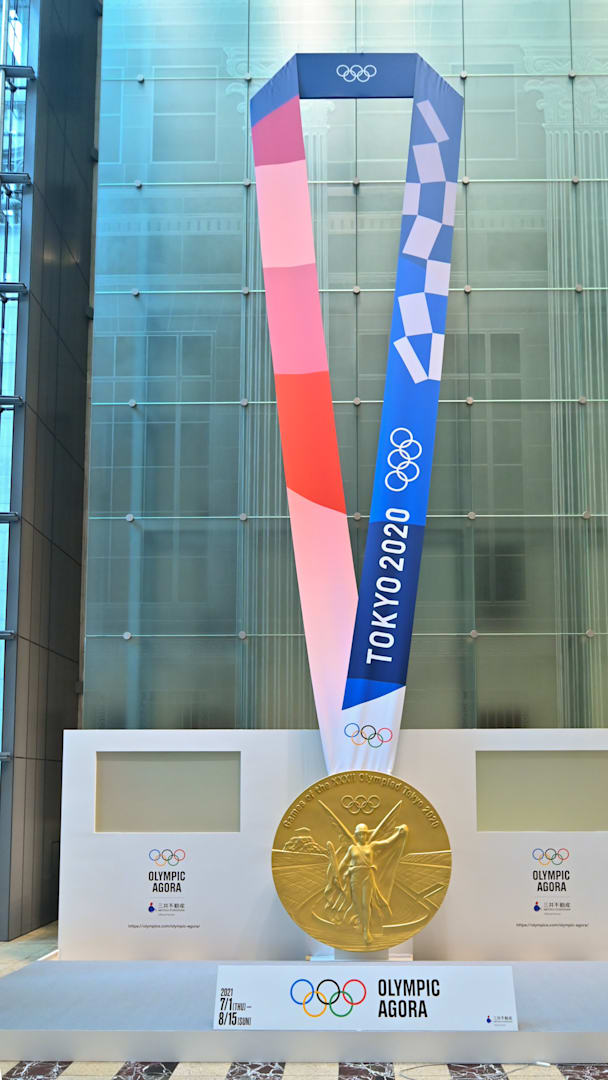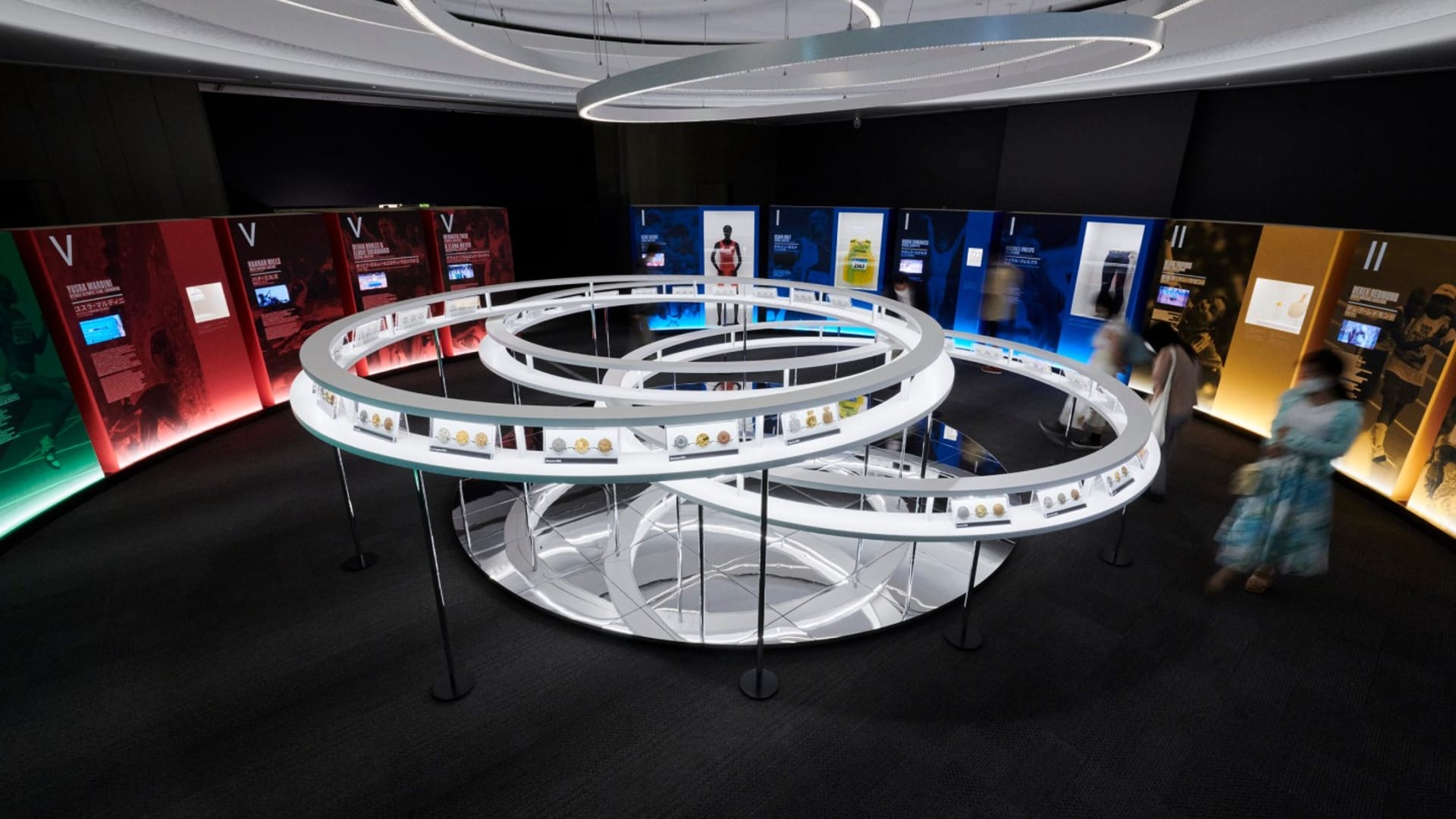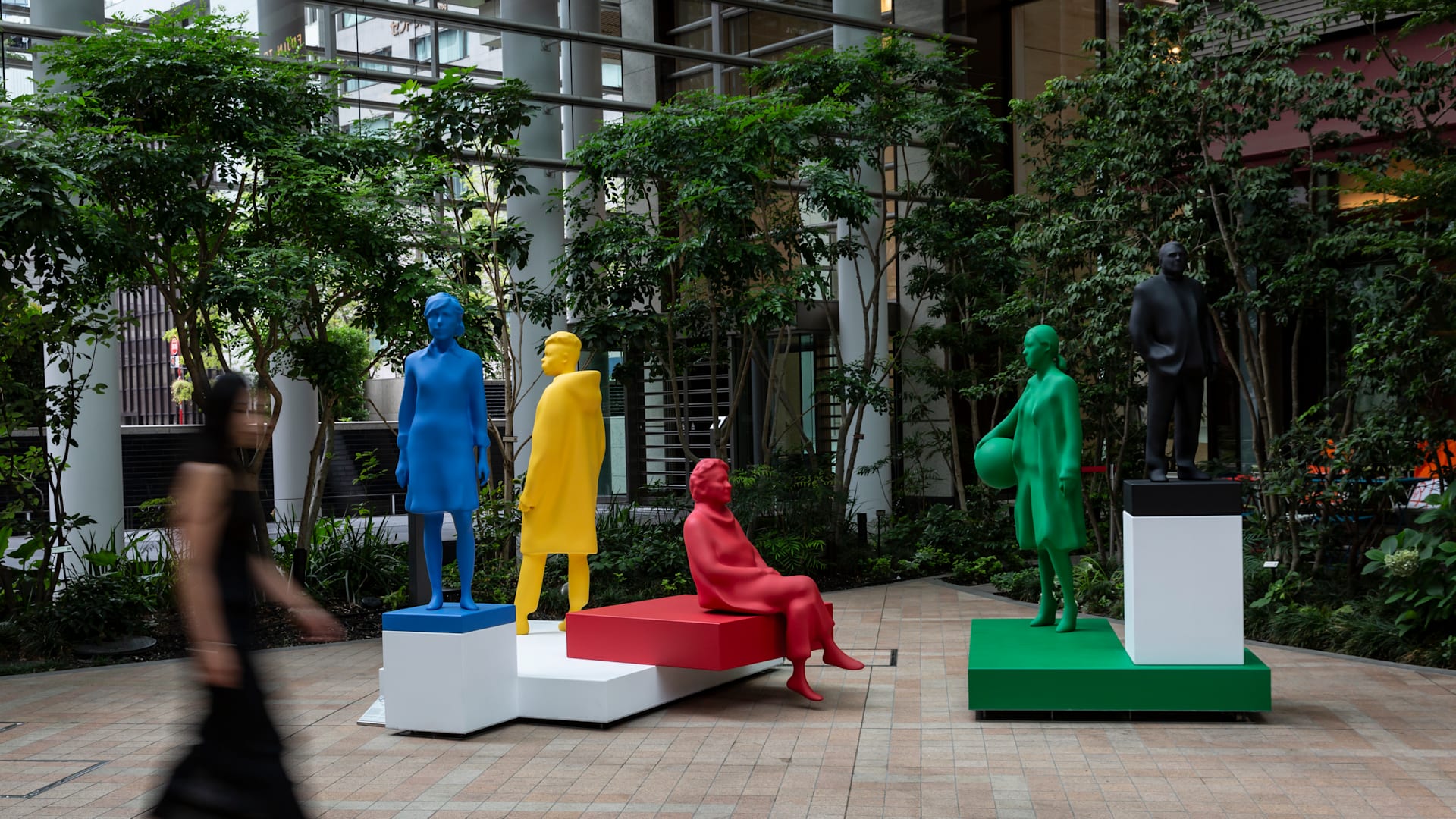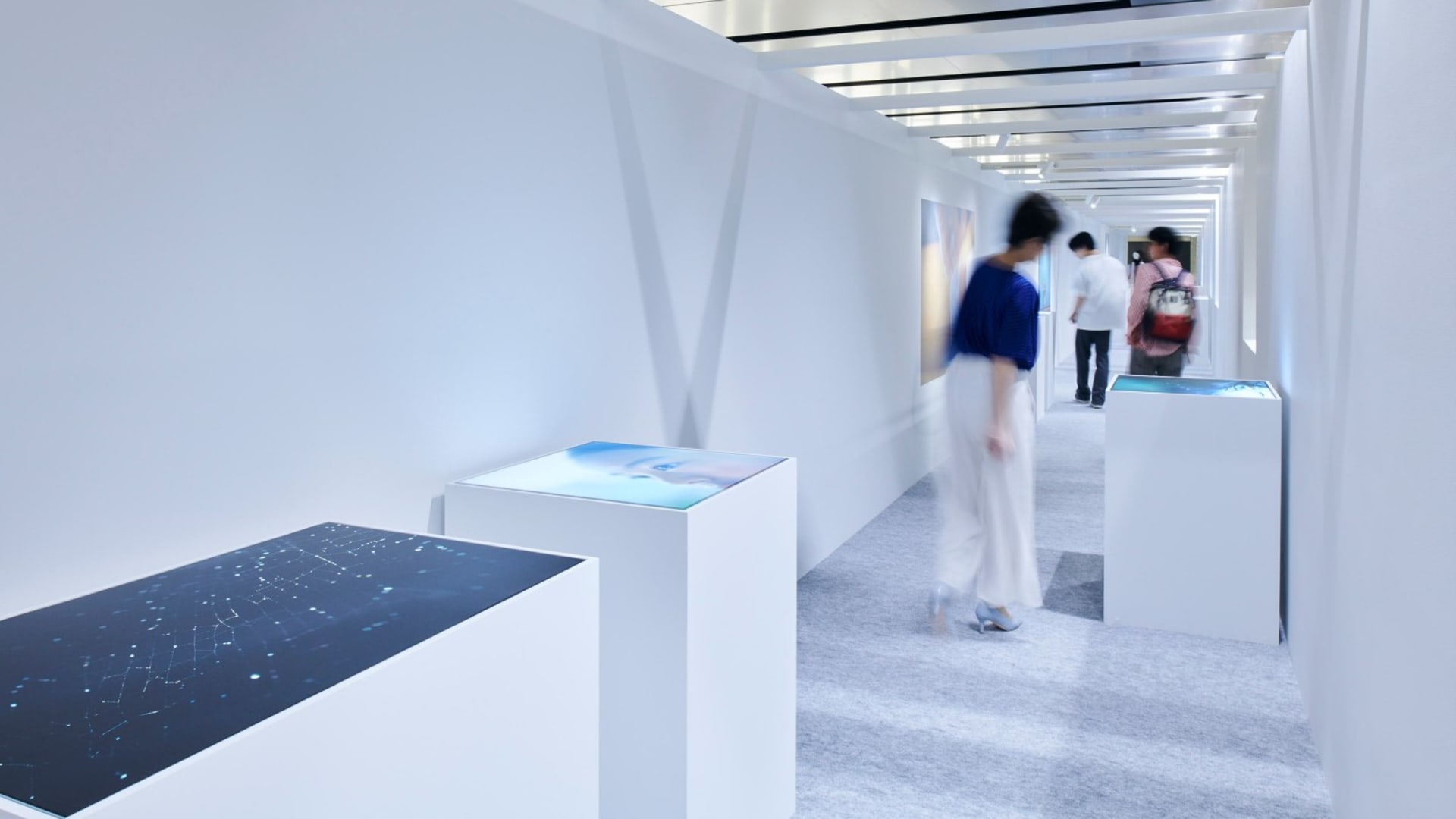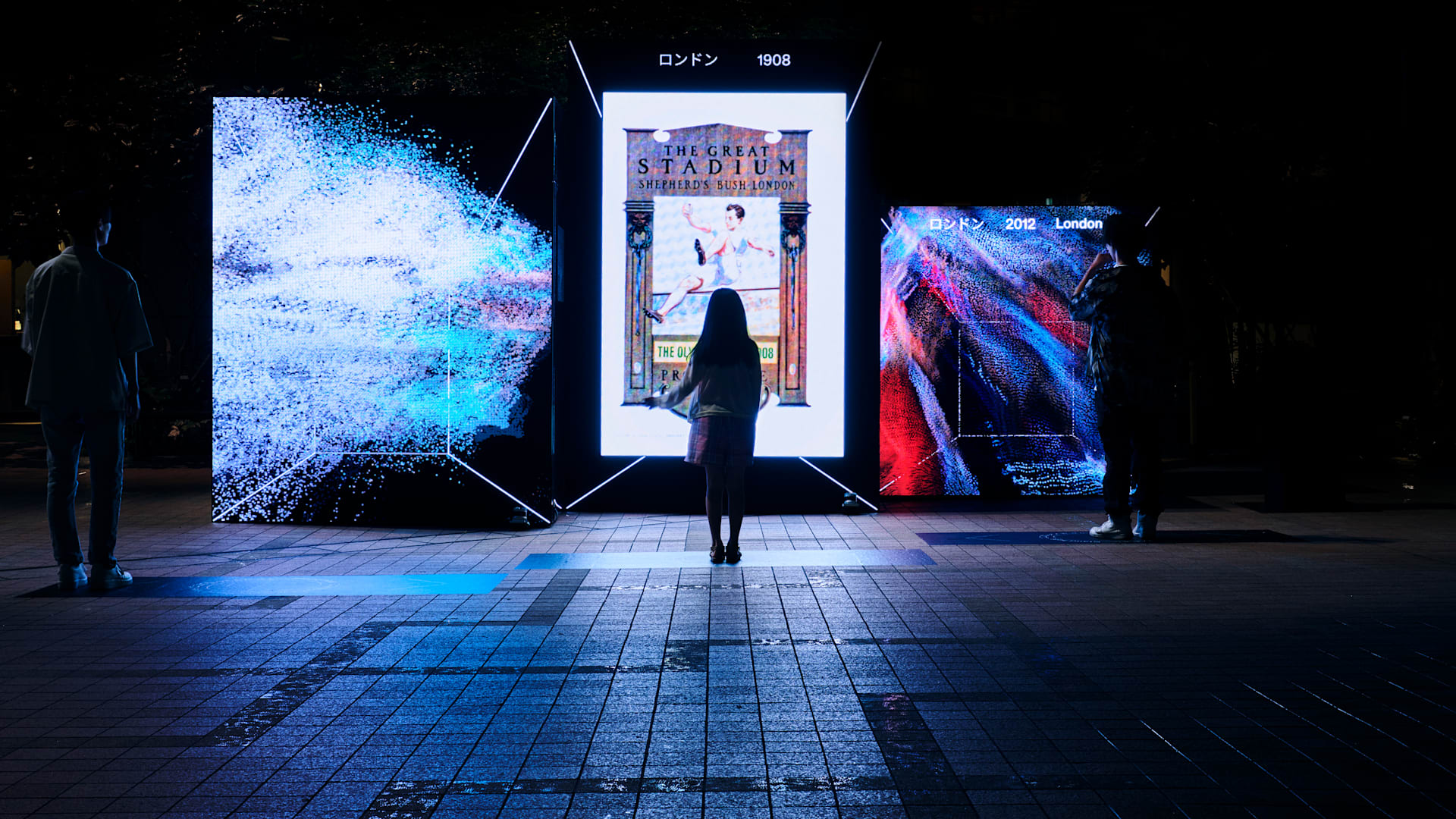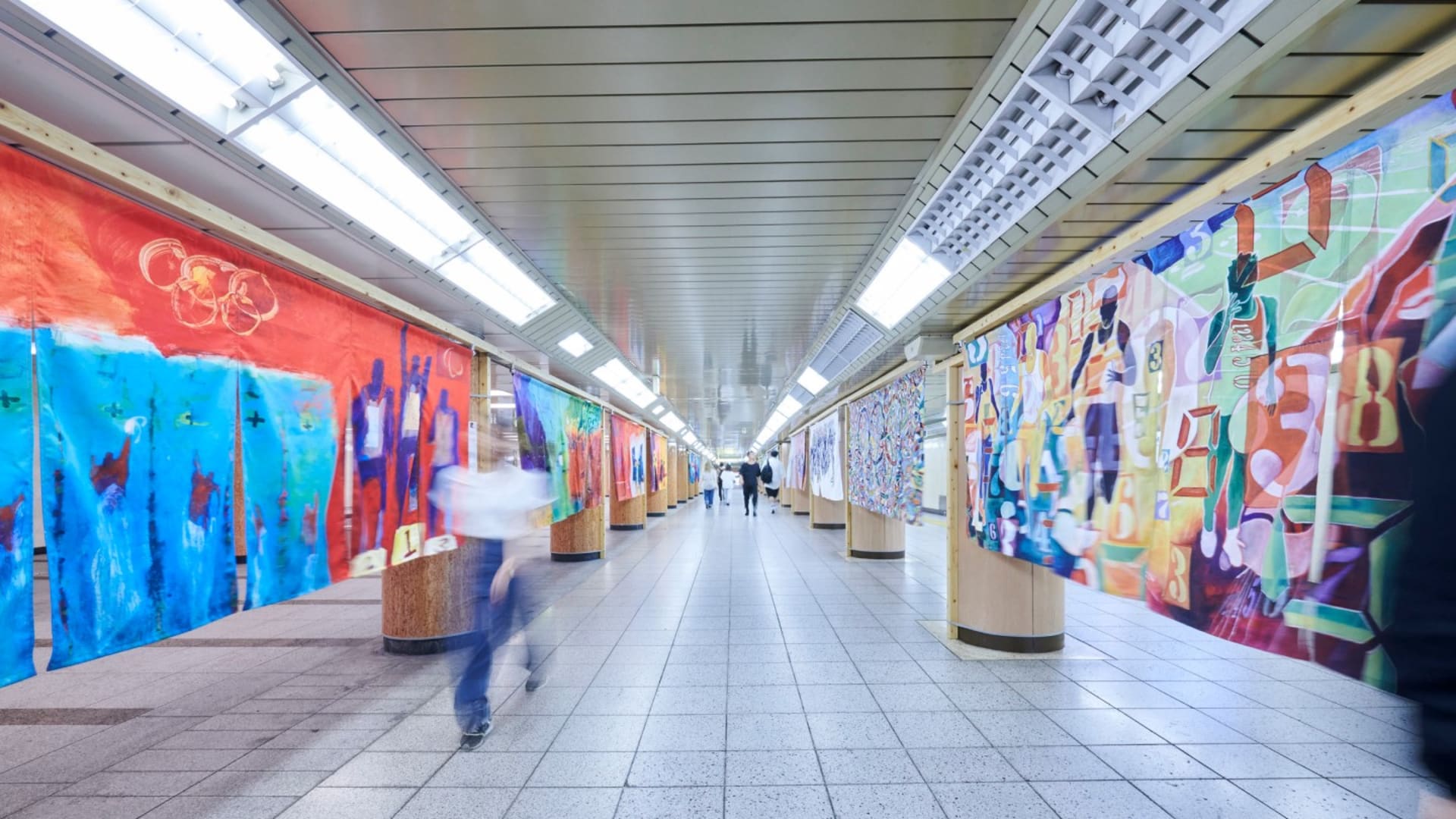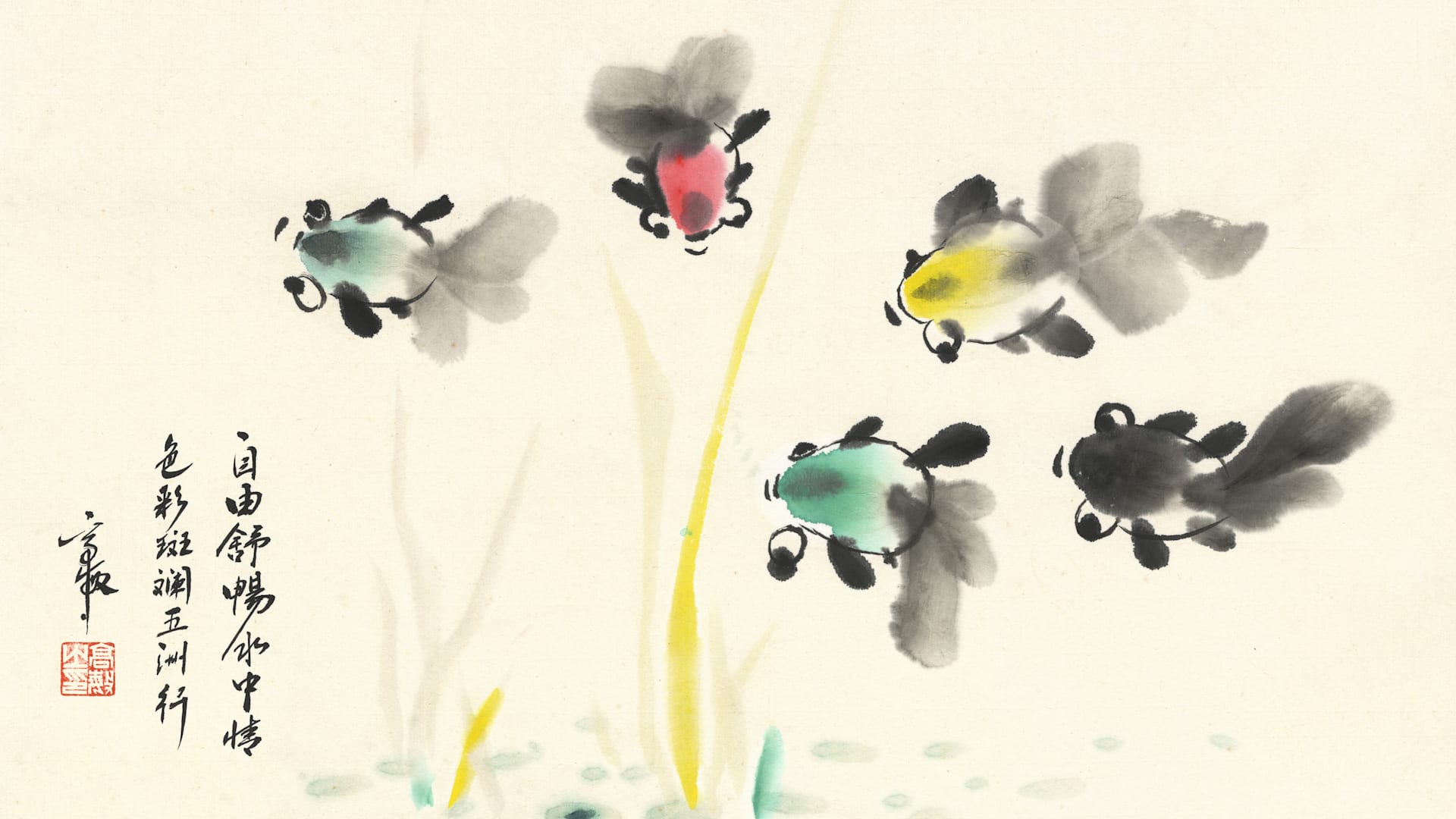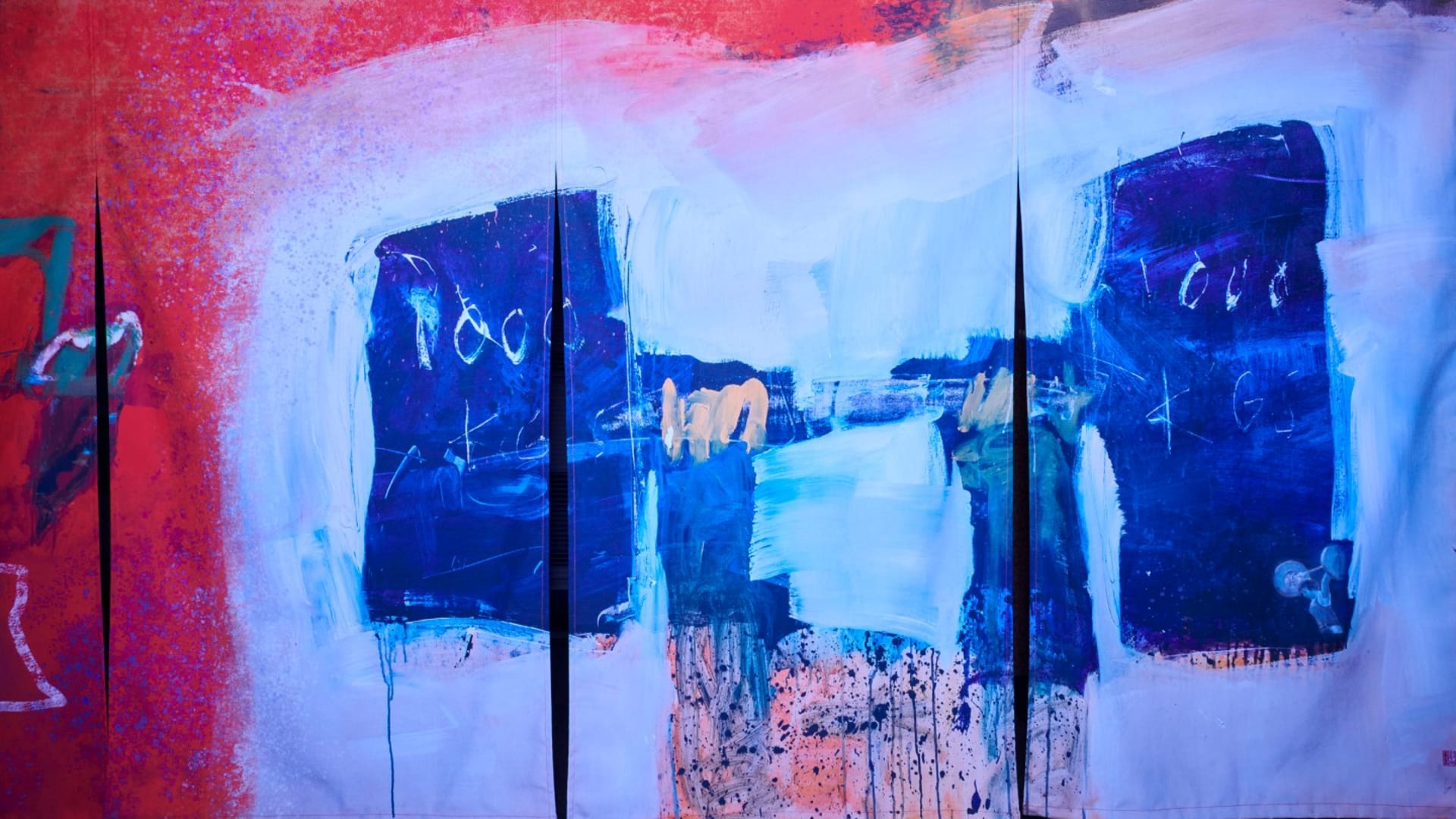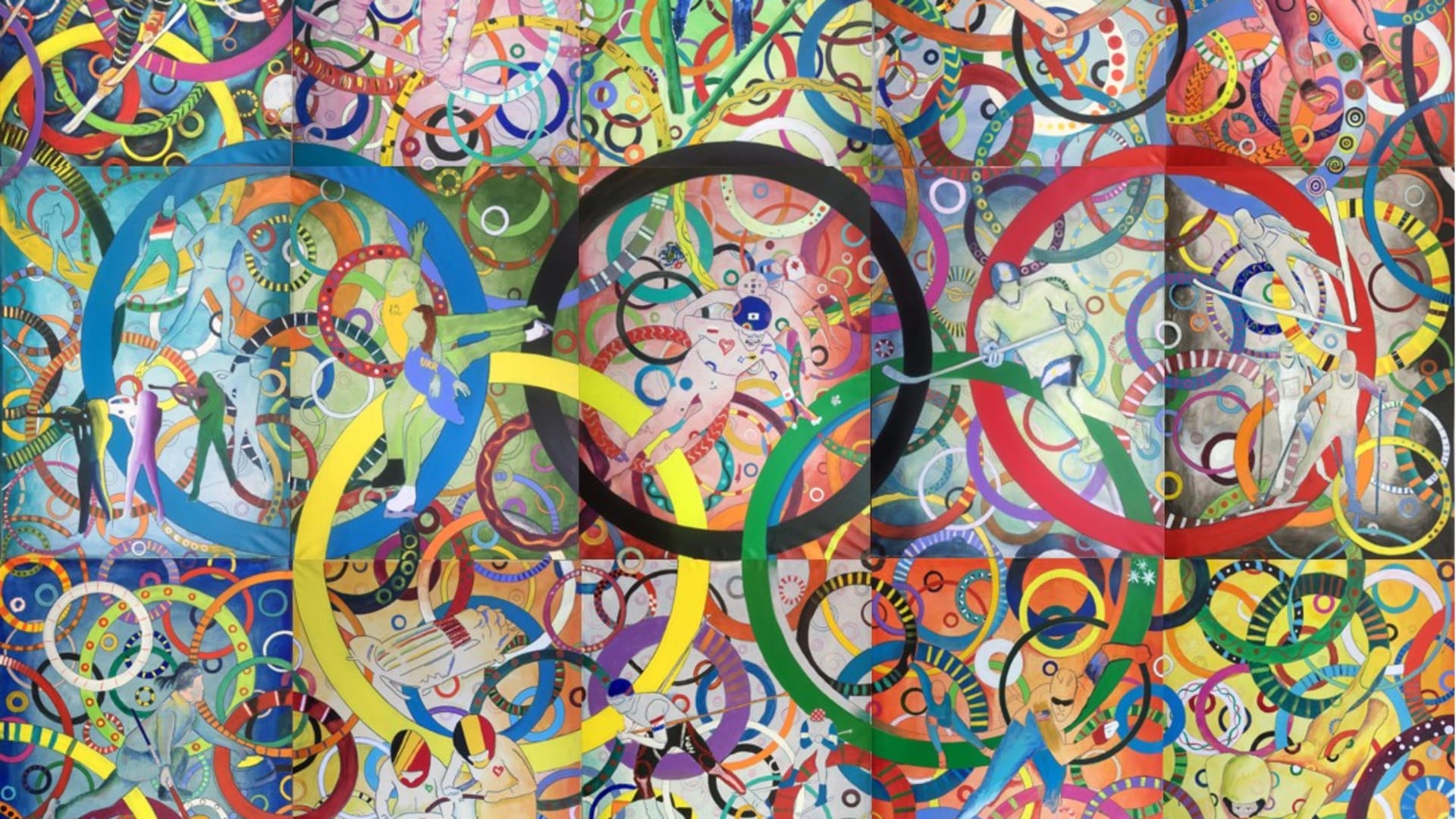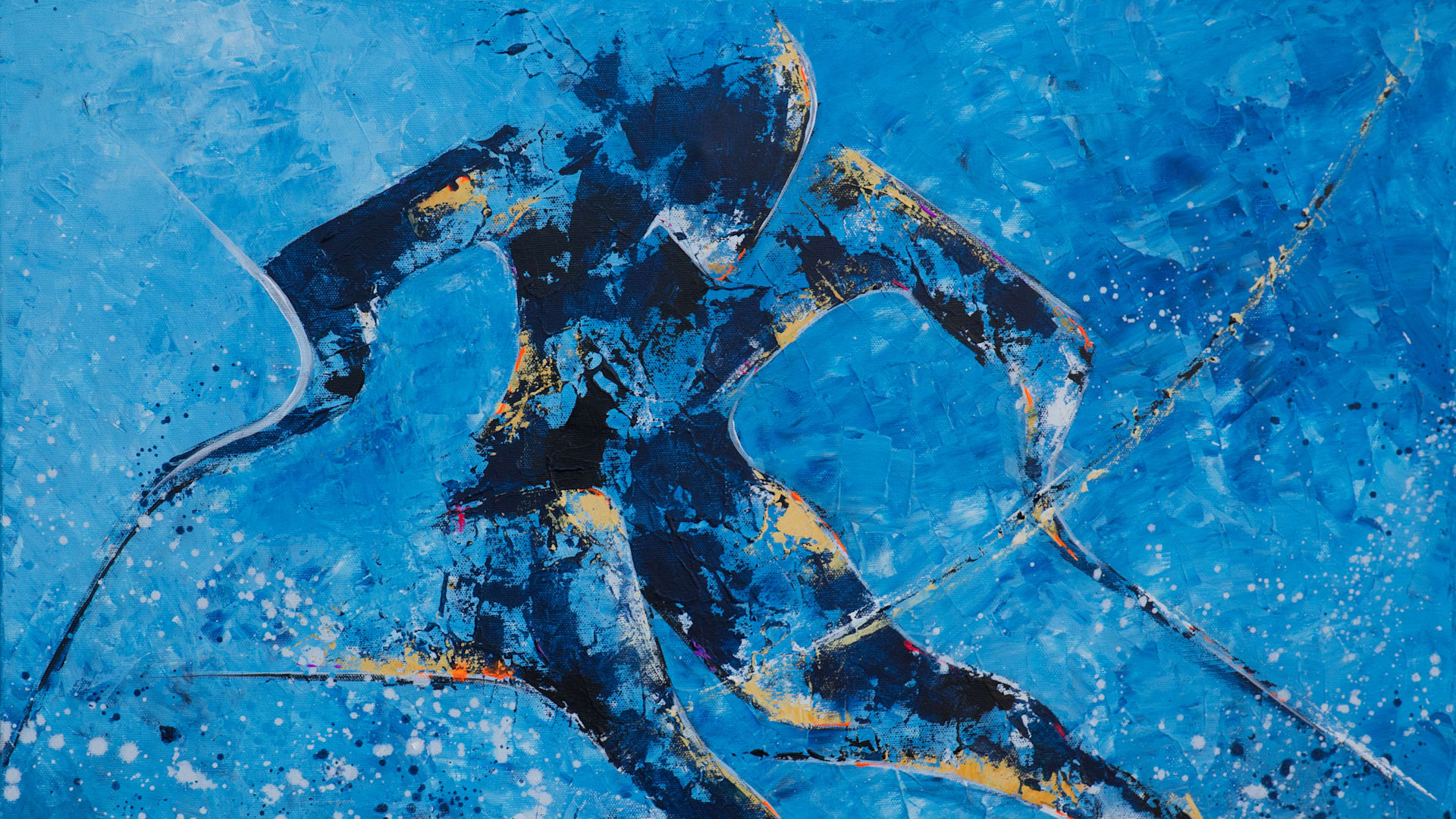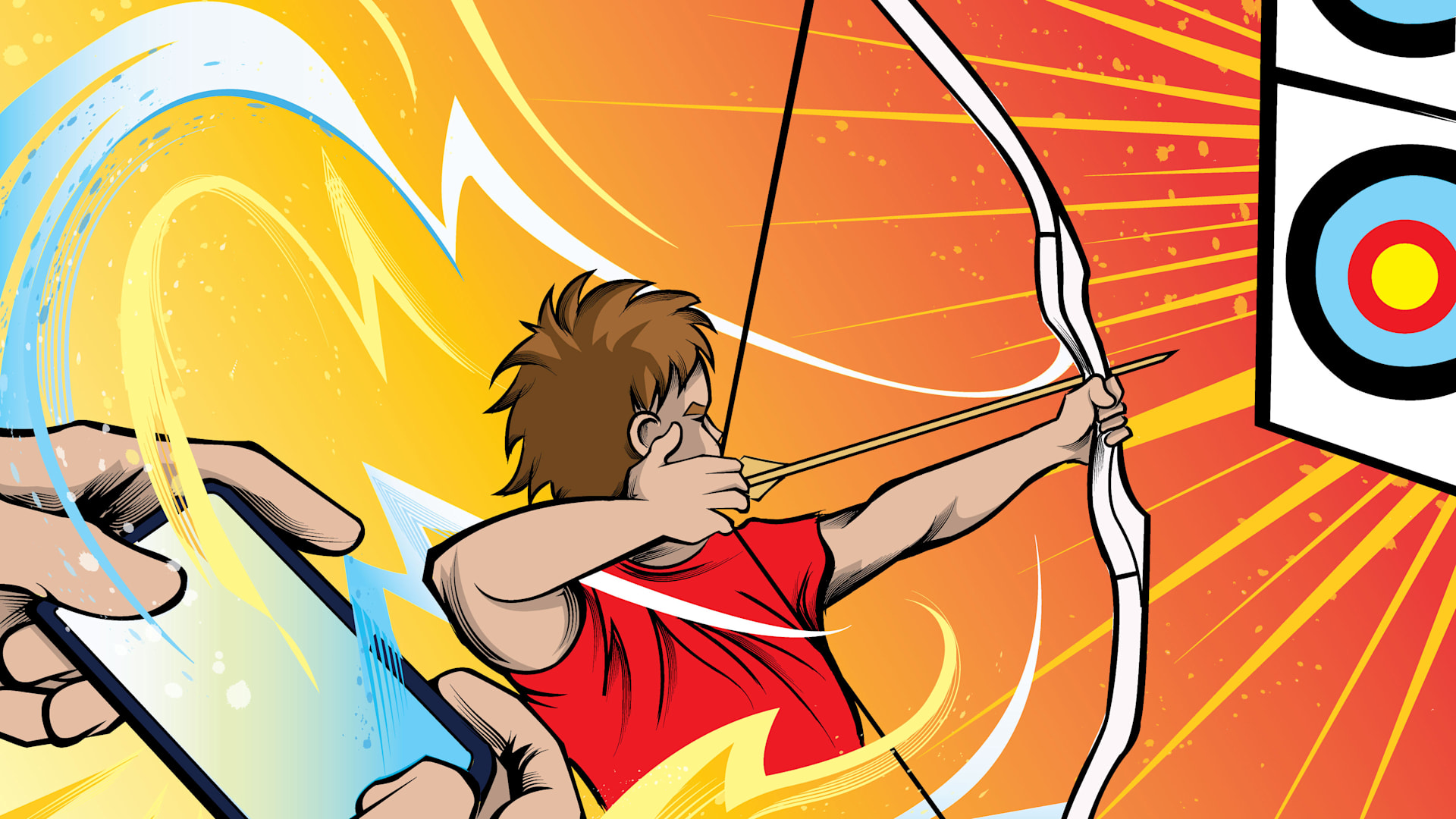Olympic Agora Tokyo 2020
Where sport meets art and culture
The Tokyo Olympic Agora included an exhibition of treasures from the Olympic Museum, a sculpture by artist Xavier Veilhan, an installation by artist Rinko Kawauchi, installations by artist Makoto Tojiki, a series of artworks by Olympian and Paralympian artists and an online platform featuring digital presentations and virtual tours.
The Nihonbashi district was decked out in the colours of the Olympic Agora, with iconic banners and posters from previous editions of the Olympic Games.
Another highlight is the large-scale reproduction of the Tokyo 2020 Olympic medal. Installed in the atrium of the Mitsui Tower, it provided a meeting place and an ideal setting for a photo opportunity.
The Olympic Spirit exhibition
The exhibition, entitled “The Olympic Spirit”, featured 145 artefacts from the unparalleled collections of the Olympic Museum in Lausanne, Switzerland. The exhibition was presented in three sections: “History and Symbols”, “Olympic values expressed by athletes” and “The unifying power of Olympism”.
Highlights included a complete set of Summer Olympic Games medals and torches, including from Tokyo 2020, as well as select costumes worn at past Opening Ceremonies and kits worn by world-class athletes. This exhibition celebrated some of the most memorable moments in the history of the Olympic Games.
Permanent legacy sculpture:
The Audience by Xavier Veilhan
To mark the Tokyo 2020 Olympic Games, the Olympic Museum commissioned Xavier Veilhan to create a permanent installation expressing the Olympic values. The artist presented a life-size sculpture, entitled “The Audience”, composed of five figures of different ages, nationalities and genders.
The Audience pays tribute to the spectators who come together to celebrate the Olympic Games around the world. According to the artist, this sculpture gives the audience, physically absent but nonetheless present in spirit, a corporeal form.
The Audience was the first-ever permanent installation commissioned by the Olympic Museum as part of the Olympic Art Visions programme. The Olympic Art Visions programme aims to bring people together through the presentation of innovative works installed in public spaces.
Installations
Standing more than four metres high in Nihonbashi's Fukutoku Square, Japanese artist Makoto Tojiki's work “Solidarity and Collaboration”, designed especially for the space, was inspired by the 4x100m relay race and the passing on of Olympic values to the next generation. This installation shows two figures passing the baton to each other in a relay race, a symbol of collaboration, shared responsibility and teamwork. The piece was illuminated at night, which made it a particularly spectacular installation.
In 2019, the Olympic Museum asked the famous Japanese photographer Rinko Kawauchi to immortalise an initiative launched by the Japanese National Olympic Committee and aimed at creating a link between Olympic athletes and communities affected by the 2011 earthquake and tsunami in the Tōhoku region. The artist's images inspire hope for rebirth and recovery, and highlight the joy and healing that can be drawn from sport and the friendships it creates. The 16 photographs were displayed to the public for the first time as part of an installation entitled “What is the Joy of the Future?”.
The Canadian multimedia studio Moment Factory presented an original interactive light installation entitled “Podium Memories”. The installation featured three deconstructed Olympic podiums symbolising the hopes and dreams of athletes, as well as victory and defeat in sport. Visitors were invited to “trigger” the podium's memories with their own movements, bringing to life various aspects of Olympic history, such as rarely seen archival images and audiovisual footage of the Olympic Games over time.
Olympian Artists:
The Noren Curtains
The Tokyo 2020 Olympic Agora presented a group exhibition of original artworks by five exceptionally talented Olympians and one Paralympian. In tribute to the Japanese noren, traditional curtain-like fabric panels hung at the entrance to shops and stalls, each artist created a series of panels depicting their personal interpretation of the Olympic values and spirit, using their preferred means of artistic expression: photography, painting, graffiti or graphic design. A number of these panels have been donated to the Japanese Olympic Museum for future exhibitions.
